Louisbourg, on the north east coast of Nova Scotia is an amazing visit and was the highlight of our trip to Cape Breton, last week.
The Frederic gate is the entrance to the town from the sea. What an amazing harbour this was in 1730, with ships coming from France, Quebec, New England and the Caribbean.


We walked to the Kings Bastion Barracks and Governors Apartments.
 At the barracks we met a soldier who told us his sad tale. He had been enlisted into the army from the streets of Brest, promised a secure job, good pay, food, a bed to sleep in and a roof over his head. All this in an exciting new country! He grabbed this opportunity and signed up for 6 years. After a stormy crossing he arrived in Canada and found that the reality was not what he’d hoped for.
At the barracks we met a soldier who told us his sad tale. He had been enlisted into the army from the streets of Brest, promised a secure job, good pay, food, a bed to sleep in and a roof over his head. All this in an exciting new country! He grabbed this opportunity and signed up for 6 years. After a stormy crossing he arrived in Canada and found that the reality was not what he’d hoped for.
 He had to stand on guard at this guard house for 24 hours – non stop, with no sleep. Anyone caught sleeping was punished. Usually made to sit astride a wooden horse, with weights attached to their feet. Beds were shared by 3 soldiers, 2 sleeping while the other was on duty.
He had to stand on guard at this guard house for 24 hours – non stop, with no sleep. Anyone caught sleeping was punished. Usually made to sit astride a wooden horse, with weights attached to their feet. Beds were shared by 3 soldiers, 2 sleeping while the other was on duty.
The pay was good, 9 livres a month, but after money was taken for his food and bed, he was left with only 1 1/2 livres a month. What was there to do, but drink that away to console himself. This poor soldier was only 30 years old, but looked much older. He did not think that he’d ever marry as the few women in the town preferred fishermen who made a lot of money and could support them.
As for getting out of the army, that did not seem possible as he had no money and was already in debt, so would be forced to sign up for another 6 years. It was all very depressing, yet he still managed to give us a smile. I hope he was not punished for speaking to us!

The Fortress – a fortified town with civilians, like any other town – was founded by the French, in 1713.
The main reason for this settlement was the cod fishing on the Grand Banks. Cod fishing was so lucrative that it brought in more money in one year than all the years of fur trading! The fish was salted and laid on stages to dry, before being exported.
The harbour was well defended, but on the landward side, there was little defence. The story goes that a British officer was being held prisoner at Louisbourg, but was allowed to roam free, as was the custom. He saw all the weaknesses in the landward side and when released back to New England told them how to attack. His information was actioned and led to the first fall of Louisbourg in 1745. This officer was deemed not to be a ‘gentleman’ for telling and was expelled from the army. Three years later the town was restored to the French, but was besieged a second time, in exactly the same manner as the first! The French had learnt nothing from the first attack!

Opposite the Frederic gate is the Hotel de la Marine. This was where the soldiers, sailors and townspeople spent their money on food drink and entertainment.
There we had a very good meal of pea soup, followed by haddock and vegetables, served by costumed servers. We ate from pewter dishes and had only a pewter spoon to eat with.

A juniper branch was used above the signs for ale houses and eating places as the towns people could not read.

Further along the waterfront is the home of the Commissaire Ordonnateur. This was the person who kept all the accounts, paid the colony’s bills, compiled statistical accounts, and had a hand in local justice. Francois Bigot was the Commissaire Ordonnateur from 1739 to 1745 and was the sole resident of this huge house with 6 female servants. The system allowed Bigot to misuse funds and build up his own fortune. This was his eventual downfall. He was tried, confiscated of all his property and exiled from France, in 1763.

The next photo is of the home of Joseph Lartigue. He came to Louisbourg with the first settlers, from Newfoundland. He was a fisherman and trader, but because he could read and write, he became the town magistrate. Part of the house was used as a courtroom. Lartigue and his wife had 12 children and several servants in this house and were thought to be well off in their day.

The Dauphin Gate was the main land entrance to the town. It was manned around the clock by an officer and thirty soldiers.

You can walk around the ruined part of the town and see where the hospital, convent, mass graves, and breweries used to be.
Parks Canada has certainly done an impressive job of reconstructing Louisbourg and anyone who gets the chance should pay it a visit.





















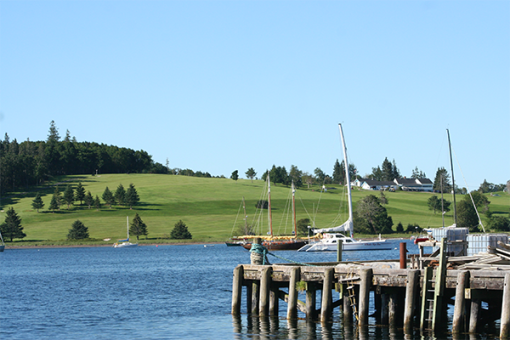




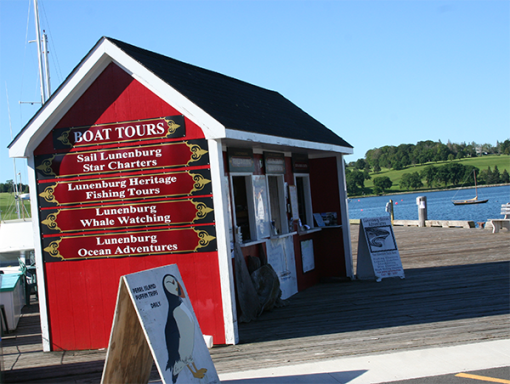








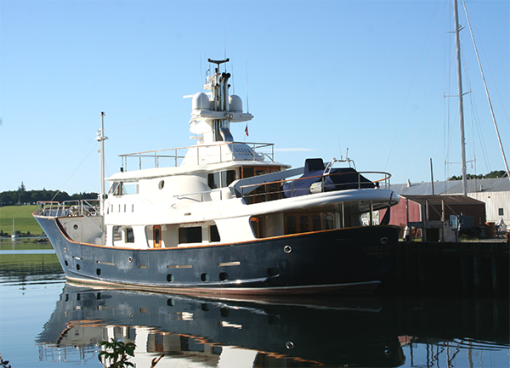
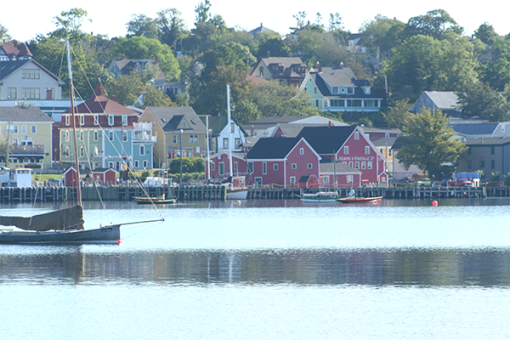
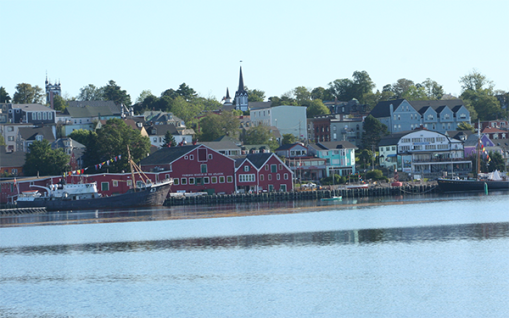
















Recent Comments